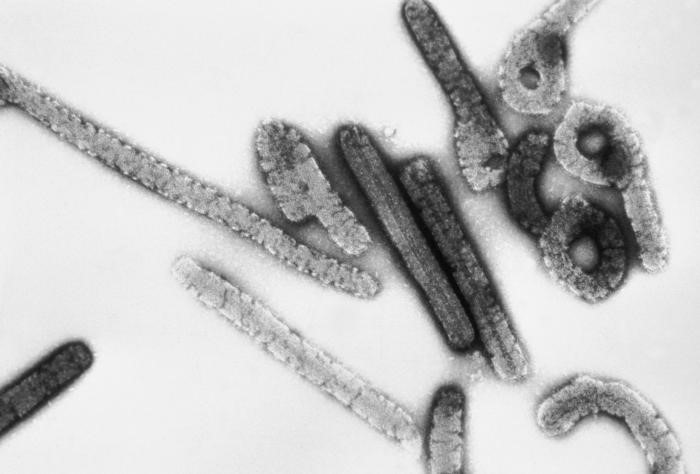
Ghana confirms two deaths due to highly virulent Marburg virus

Two cases of the Marburg virus, a highly infectious and deadly disease similar to Ebola, has been officially confirmed in Ghana. The two people who had tested positive for the “highly virulent” virus have died. This was announced by Ghana’s health services and confirmed by the World Health Organisation on Sunday, July 17.
According to the WHO statement, the first patient was of a 26-year-old male who checked into a hospital on June 26, 2022 and died on the next day. The second patient was a 51 -year-old male who reported to the hospital on June 28 and died on the same day.
The two patients from southern Ghana’s Ashanti region both had symptoms including diarrhoea, fever, nausea and vomiting, before dying in hospital.
Though the tests conducted in Ghana showed positive on July 10, the results had to be verified by a laboratory in Senegal. “Further testing was done at the Institute Pasteur in Dakar, Senegal, which further corroborated the results,” said the Ghana Health Service (GHS), which is currently focussed on reducing any risk of the virus spreading, including isolating identified contacts, none of whom have developed any symptoms so far.
This is the second outbreak of Marburg in West Africa, the first time it was detected in Guinea last year. There were no further cases after that. Since 1967, there has been a dozen major Marburg outbreaks mostly in southern and eastern Africa. Fatality rates have varied from 24 per cent to 88 per cent in past outbreaks depending on the virus strain and case management, according to the WHO.
Also read: World Health Organization declares Marburg outbreak in Ghana
The WHO spokesperson pointed that the Ghanaian health authorities have responded swiftly and have a “head start” in case of an outbreak. This immediate and decisive action will help since Marburg can easily get out of hand, said Matshidiso Moeti, WHO Regional Director for Africa.
The Marburg virus is transmitted to people from fruit bats and spreads among humans through direct contact with the bodily fluids of infected people, surfaces and materials, the WHO says.
The WHO describes the Marburg virus disease as a “highly virulent” disease that causes viral haemorrhagic fever and has a high case fatality rate (CFR). In a 2005 outbreak in Angola, 329 out of 375 people who tested positive died. The disease begins with symptoms such as fever, severe headache and general discomfort and uneasiness. The signs of loss of blood (haemorrhage) can start within seven days.
Currently, there is no approved vaccine to prevent the disease. But, according to the WHO, two monoclonal antibodies – those made in a lab, as against those naturally produced – are being tested. Though, Remdesivir and Favipiravir – which have been repurposed for the Ebola disease are also being used under the “compassionate use” clause to treat Marburg disease.


